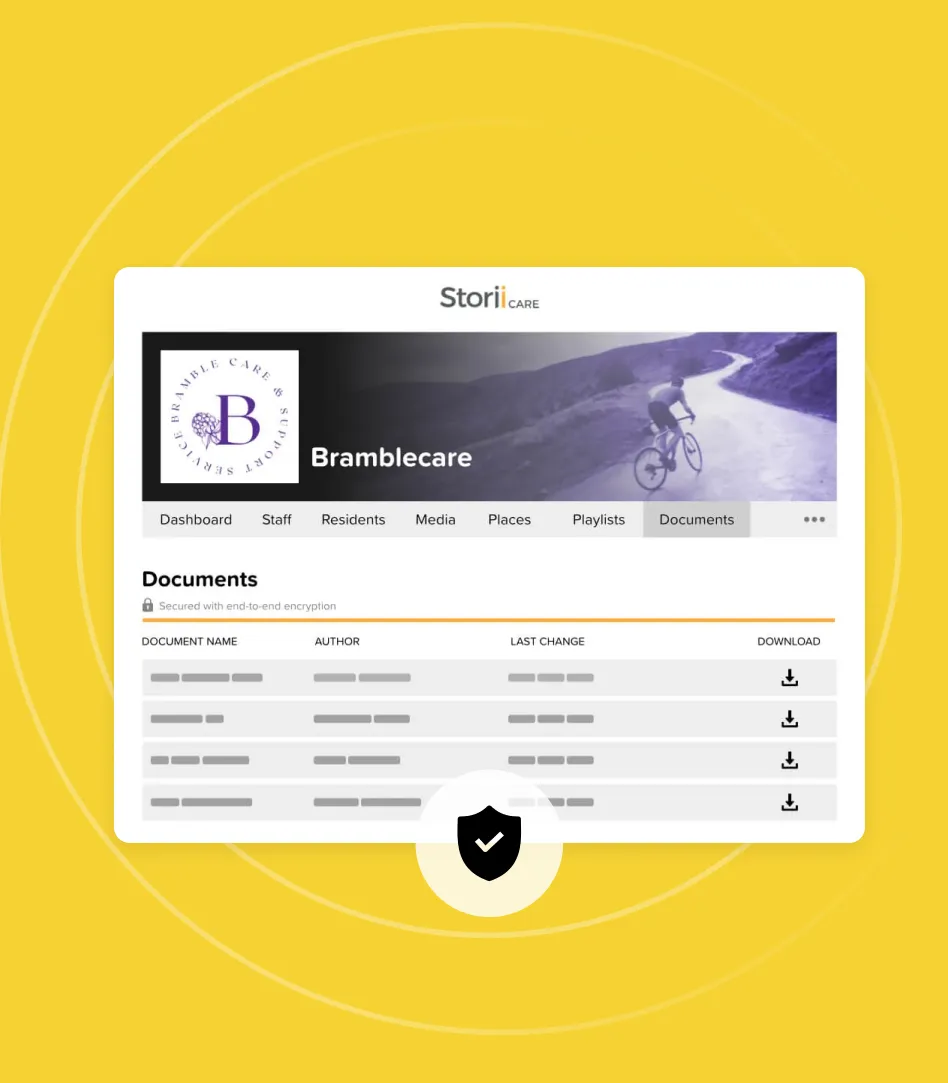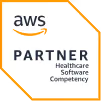Implementing New Care Management Software 101
1. Decide what success looks like
The definition of success varies depending on the type of care you provide and the outcomes you are aiming to achieve. Care management software can help providers make strides in a number of areas such as:
- Achieving a higher regulatory grade (Care Inspectorate / CQC / RQIA)
- Improving measures that impact their Healthcare Effectiveness Data and Information Set (HEDIS) scores or Medicare Advantage Star Ratings
- Tracking patient outcomes to reduce health plan spend
- Using data analytics to make informed decisions and build care management strategies
- Improving occupancy levels by evidencing progressiveness and transparency to prospective residents and families
- Increase in time spent with residents, as staff have less paperwork to complete
Why is your organization focused on making a change? Establishing and communicating your vision of success and the “why” behind it is effective in motivating all team members towards a shared goal.
2. Discern who needs to be involved
For implementation to be successful, the right people need to be involved and on the ‘same page’. Identify key stakeholders and ensure all departments affected are aware and regularly updated throughout the process. Who is going to lead or manage implementation on-site? Which members of staff will be using the software and how? Which roles will need training? Consider who in your business or organisation will be best suited to engage people through proactive outreach.
3. Define the main challenges
Putting some thought into what your current struggles are will help you find a care management software that is suited to address the specific challenges you business is facing.
4. Do your research
With so many options on the market, it is easy for providers to rush into a decision they may regret later for the sake of speed and simplicity on the front end. Check out this article on 5 Mistakes to Avoid When Purchasing Care Home Software for expert insight on doing your research.
5. Delegate accountability to ‘champions’
Investing in proper training from the beginning is the single best way to support a successful transition for all users. In our experience, care providers benefit from designating a few tech-savvy individuals as ‘champions’. These team members are committed to helping bridge the gap for those who have a greater learning curve when it comes to using a new system or technology they’re unfamiliar with. Choose individuals who carry influence amongst their coworkers and are encouraging. They will be your references and internal case studies when you move forward to deploy subsequent phases of your implementation. For more tips on getting skeptical staff to use new technology, take a peek at this article.
6. Develop a pilot study
A well-developed pilot study allows you to test out the software, gather data to analyse, and then make necessary adjustments based on what has been observed. Keeping your implementation strategic this way allows you to see what improvements can be built over time while avoiding the costly pitfalls that can come with an unstructured approach.
StoriiCare Can Help
StoriiCare is an innovative, customizable, easy to use digital platform for care providers of all types and sizes. Nursing Homes, Care Homes, Adult Day Care Centers, Housing Associations and other Senior Care Facilities use StoriiCare every day. Think StoriiCare could help your business? Speak with one of our friendly team members by booking in a demo today!




.png)
.png)
.png)










